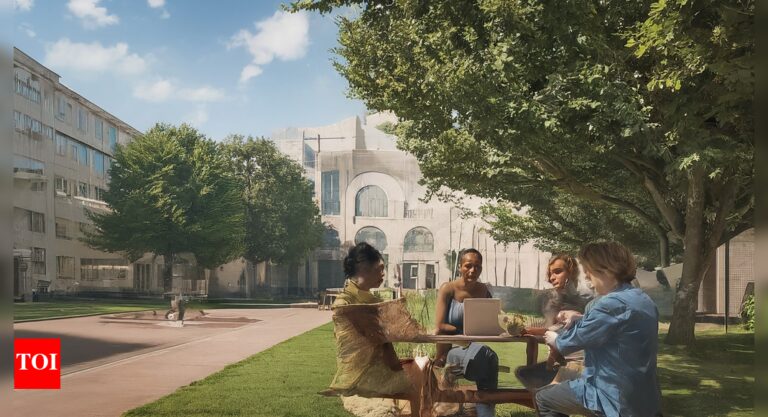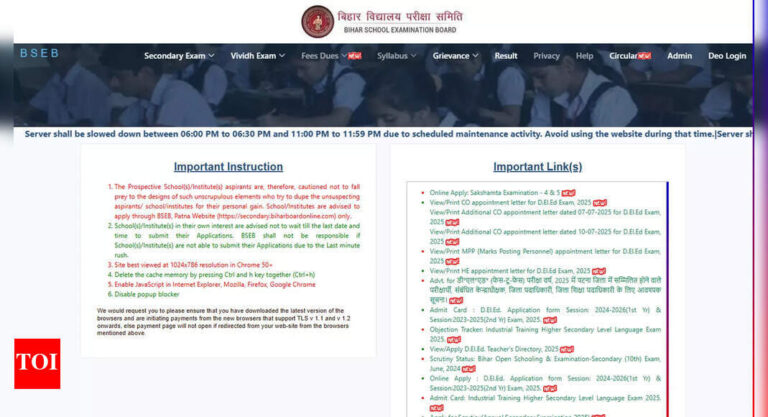
American education, once a bastion of academic excellence, now stands at the precipice of eroding the very legacy it was once celebrated for. The fracture in the system is not a sudden rupture but a familiar and well-worn narrative, shaped by diminishing state support, politicized culture wars, and the ballooning cost of living. Yet what is corroding the shine of this academic powerhouse is not pressure from the outside. It is decay festering within. The uncomfortable truth is that many American colleges are themselves complicit in their own slow collapse.The very institutions once applauded for their world-class education are now peddling learning as though it were a luxury good rather than a public mission. These universities, once citadels of inquiry and intellectual rigor, are drifting steadily away from their core purpose. What remains are prestige factories, glossy on the surface but increasingly hollow at the core.
The cult of prestige: A costly obsession
Higher education is entangled in a prestige economy that prioritises aesthetics over academics. The competition is to appear and show an elite face to the aspiring students. And yes, the trend has gained ravenous popularity lately. It is no longer enough to educate; it has to be done in style. This has spawned a campus arms race: Multi-million dollar recreation centres, luxury dormitories, artificial rivers, gourmet dining halls, all to impress prospective students and allure college rankings.The quest for status not only comes with a loss for academics but also puts mounting pressure on finances. Institutions divert funds from classrooms and research labs to amenities that have no role in improving learning for students. Students of today, especially Generation Z ,are more pulled in by the external aesthetics and comfortable lifestyle. Henceforth, universities are quickly adapting to it. The result? Skyrocketing tuition fees and an ever-widening credibility gap between what universities promise and what students actually receive.
Bureaucracy over books
Equally insidious is the administrative sprawl. Since the 1980s, universities have dramatically expanded their non-instructional staff, layering campuses with compliance officers, branding consultants, student life managers, and vice provosts of every imaginable portfolio. According to the Bureau of Labor Statistics, administrative spending is projected to rise another 7% in the next decade, outpacing faculty hiring and eroding institutional focus.While administrative roles hold importance, the bloat has climbed to abnormal proportions. Faculty members are increasingly finding themselves buried in paperwork, performance metrics, and bureaucratic gymnastics, all of which pull time and energy away from teaching and research. Students meanwhile, are trying to find a way out of the labyrinth of offices that further adds complexities and are of little value to their education.
Debt as the new diploma
The financial burden this system places on students is staggering. According to the National Center for Education Statistics, the average tuition at public colleges has nearly tripled since 2000, rising far beyond the rate of inflation. The data says that in 2023, student debt hit an unprecedented $1.78 trillion, nearly triple what it was in 2008.These numbers are not mere statistics, but tools to bring forth a shocking picture of adults who are representing millions of young adults shackled by loans in the prime of their lives, often without the earning power their degrees once guaranteed.Colleges, eager to balance their books, are looking forward to international students who pay fill freight and flashy programmes that promise employability that is rarely achieved. Education, once a public trust, now behaves like a marketplace, where students are treated as consumers and learning is reduced to transactional value.
A crisis of mission
The drift is more than financial mismanagement; it is a crisis of identity. Universities were once sanctuaries of social mobility, niches of free thought, and hubs of public service. Those ideals are now increasingly diluted by revenue imperatives, branding strategies, and rankings-based decision making.In this climate, even well-intentioned academic goals are subjected to optics. The danger is existential: when institutions forget why they exist, they lose the public’s trust, and ultimately, their relevance.
Reform or ruin?
Taking a U-turn from here is not easy, but necessary. It is high time that universities ask the needed painful questions, such as: Do we need more vice provosts or more professors? Do we need another climbing wall or a stronger core curriculum? Do we serve our students, or our brand?Meaningful reform must include:
- A hard cap on administrative expansion, with transparent audits of spending priorities.
- Refocusing on academic quality, not auxiliary glitz.
- Restoring affordability through reallocation of resources and tuition restructuring.
- Reconnecting with communities through service, research, and local engagement that demonstrates public value beyond campus gates.
Colleges cannot afford to remain isolated ivory towers. Their survival depends on rebuilding the social contract with students, with families, and with the communities they once served unconditionally.
Reclaiming the public good
Higher education is not beyond savings. But saving it requires courage: the courage to admit failure, challenge sacred cows, and dismantle the prestige-industrial complex that has attracted universities off course.The public is watching. Students are questioning. And trust, once lost, will not be won back with a new rec center or a better PR firm. It will be earned by returning to first principles, by proving that education is not a luxury, but a right; not a product, but a public good.Until then, the very institutions built to enlighten may continue to darken the futures they claim to serve.








